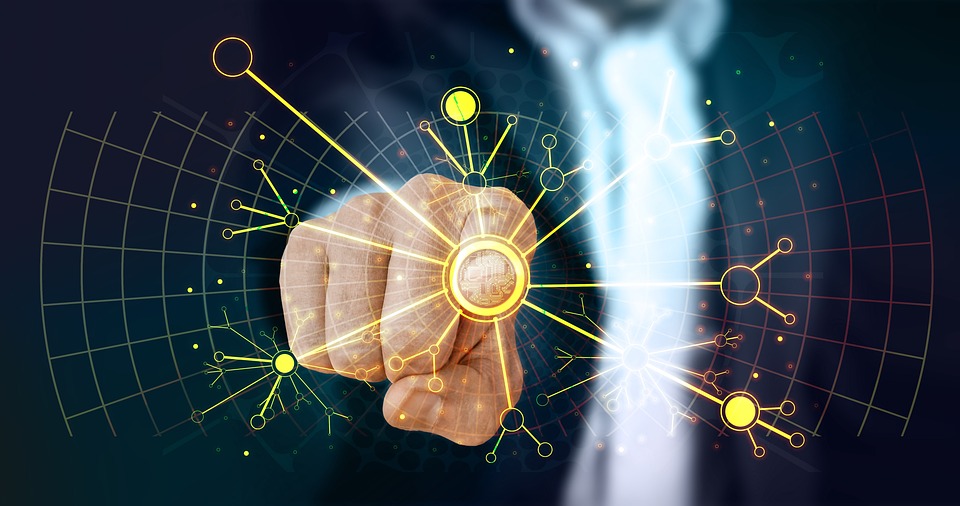
How AI can simplify, streamline, and enhance supply chain operations
Global economic activity is picking up now that pandemic-related restrictions are easing. But this return to normal has not been without hiccups, notably including supply chains emerging from virtual shutdowns.
However, few organizations are eager to revert to the manual-driven operational frameworks of the previous decade. The shift to advanced automation and artificial intelligence in the management layer was already underway before the pandemic hit, and there are signs this change is accelerating the drive to simplify, streamline, and enhance operations in order to meet the needs of an increasingly digital economy.
Ready for action
More than three-quarters of business leaders reported deploying AI in pilot programs, in key business areas, or at full scale across the enterprise, in a recent survey of more than 1,000 executives from NTT DATA and Oxford Economics. Cybersecurity remains the top challenge these deployments are intended to address, with supply chain management a close second. The most significant barrier to greater adoption, however, is the sheer complexity of the technology, which must be deployed across a range of processes and throughout disparate infrastructures in order to produce the greatest benefit.
But applying AI to the supply chain is not a simple matter of throwing it at various processes to see what sticks. A more strategic approach that focuses on the value of data as the key driver of productivity is needed, Noodle.ai developer Mike Hulbert wrote on SupplyChainBrain.

Managing risks
One way to do this is to use AI to assess risk. Today’s management stacks tend to flood workers with alerts without assigning any priority. AI has the ability to quantify risk so organizations gain broad visibility into the most crucial detriments to efficient operations. Even if the problem requires time and expertise, that money is well spent, and solutions highlight the ways AI and human intelligence can work together to produce the most desirable outcomes.
Most of the thinking around AI in the supply chain tends to center on how it will enhance today’s processes. But as markets evolve into the new century, AI will also help create and manage entirely new forms of multi-layered, dynamic chains serving highly virtualized and cloud-based business models. Even today’s emerging omnichannel environments require precise coordination between customer-facing infrastructure, warehousing, transportation, fulfillment, and a range of other disparate functions, Global Trading Magazine’s Rumzz Bajwa noted recently. Much of this will have to be automated to accommodate the speed of business, something that can only be done through advanced intelligent systems that talk to each other with perhaps intermittent human oversight.
© 2021 LeackStat.com
